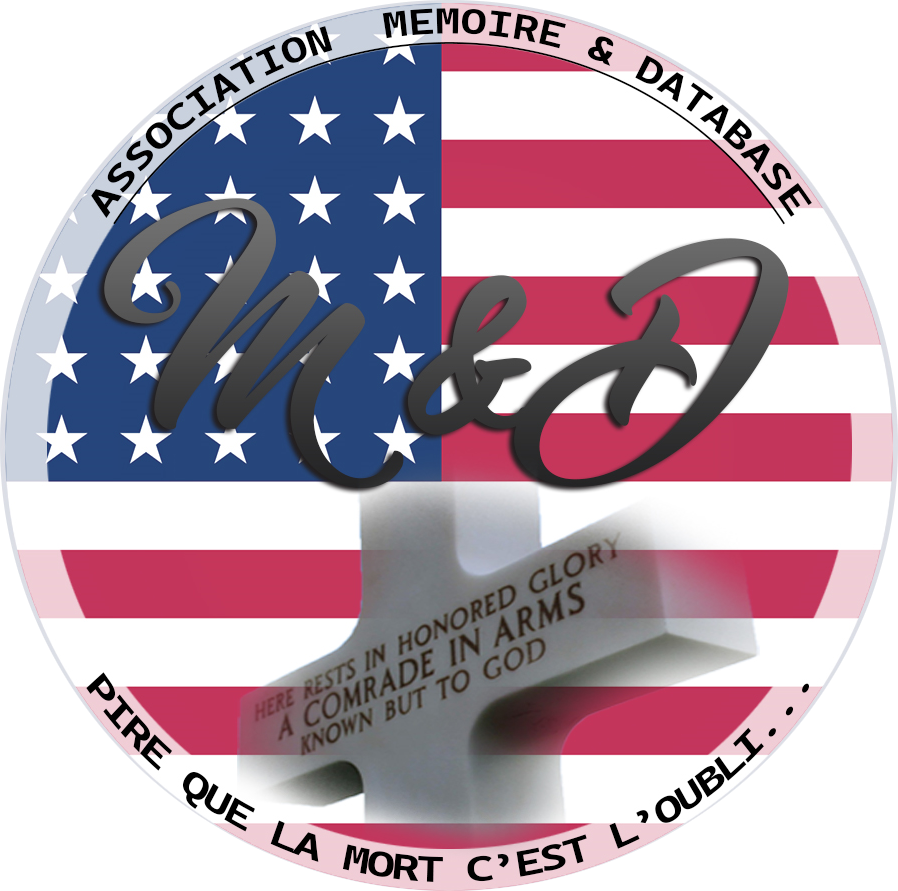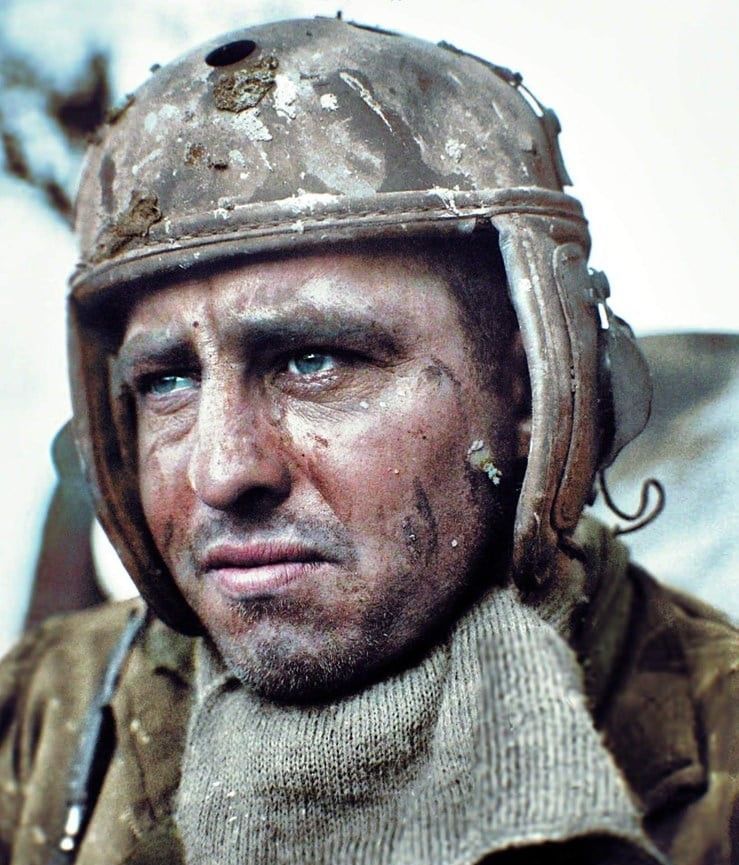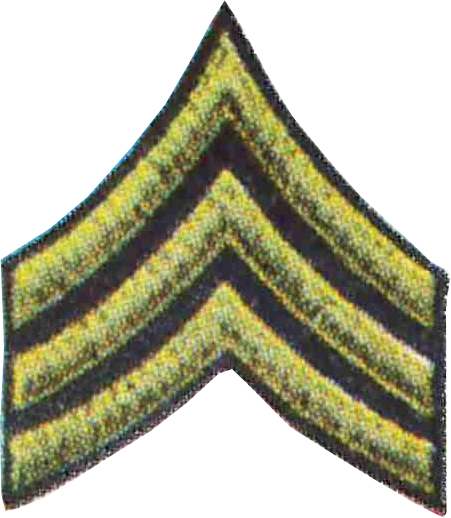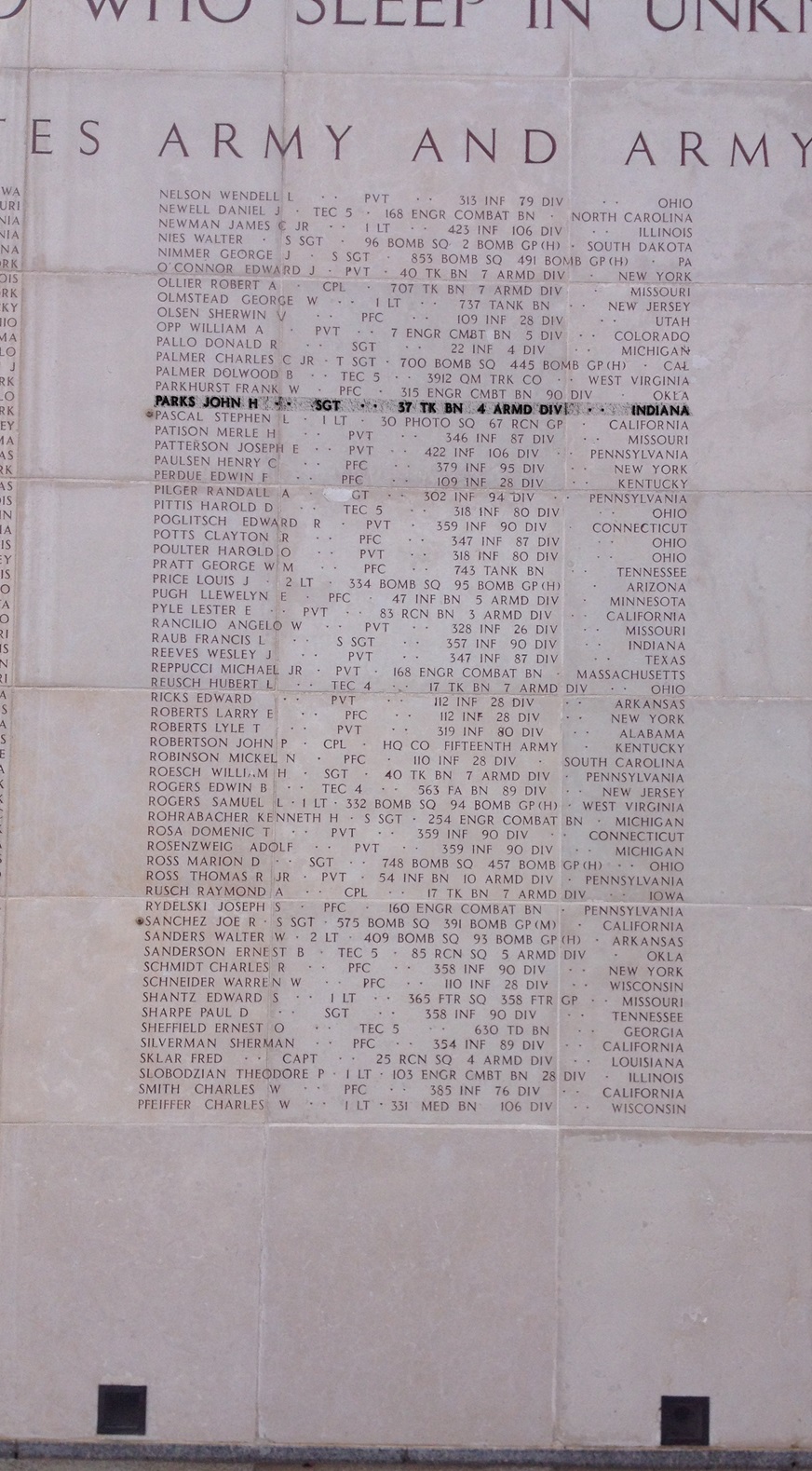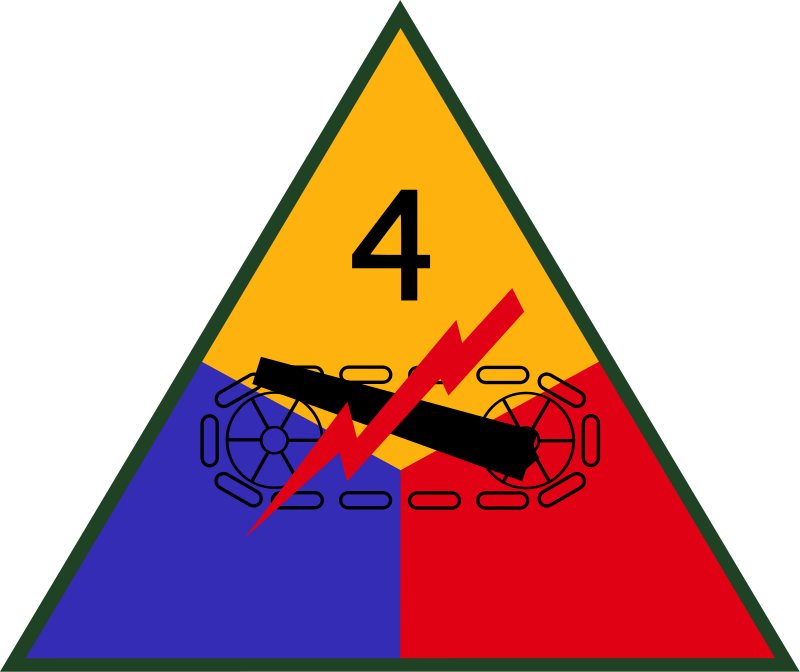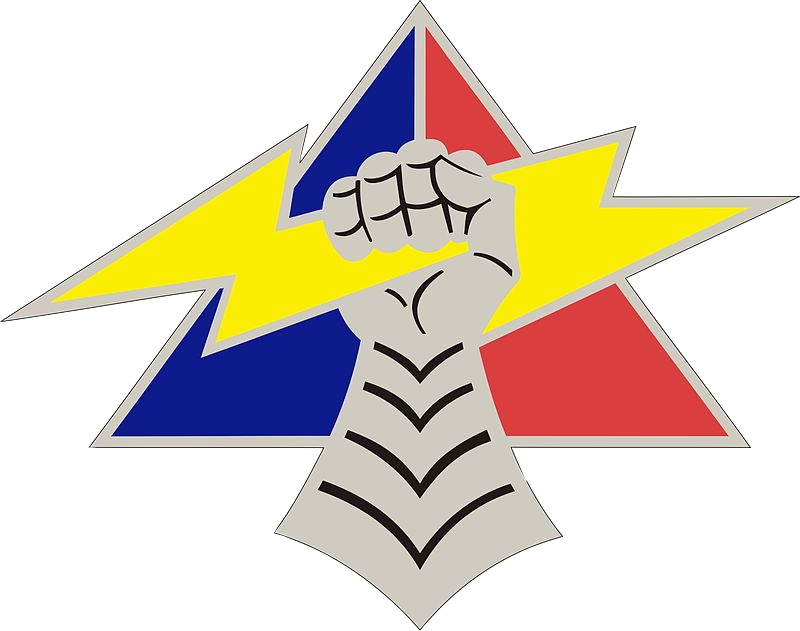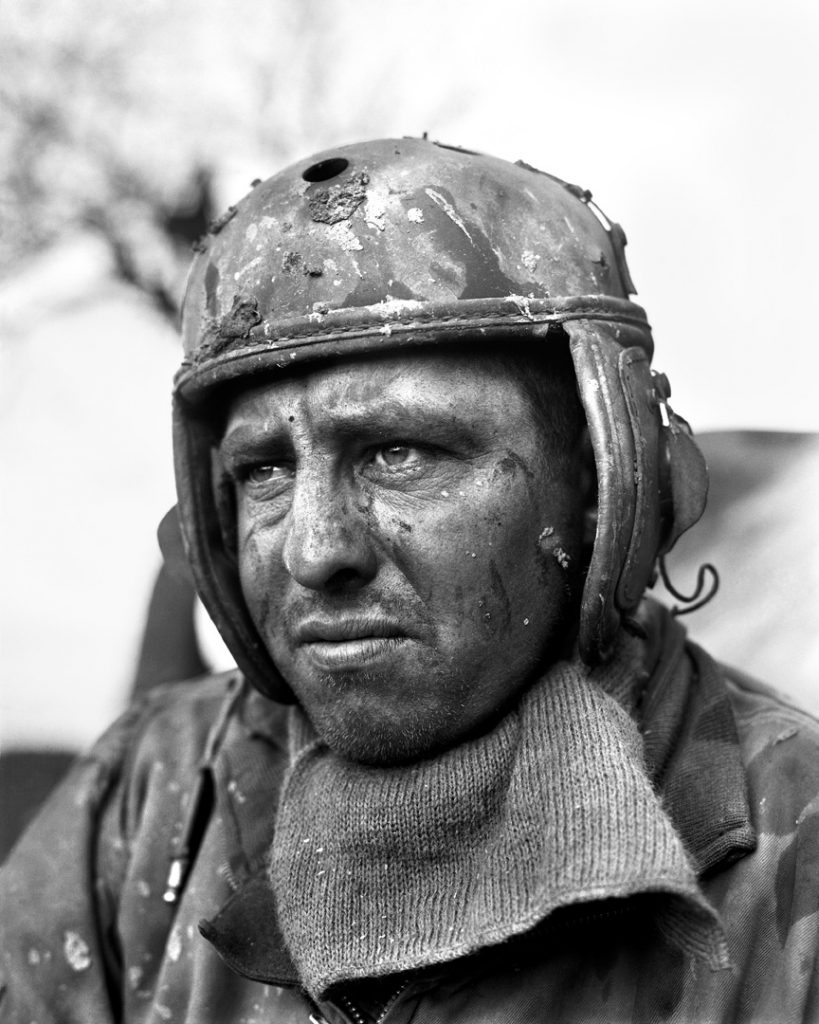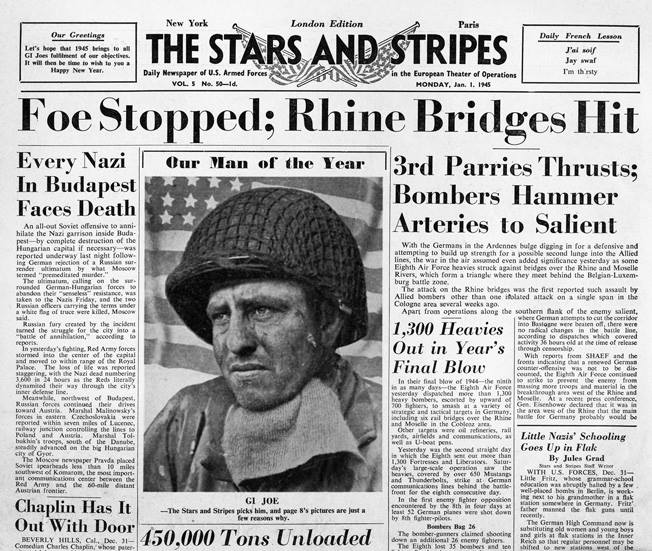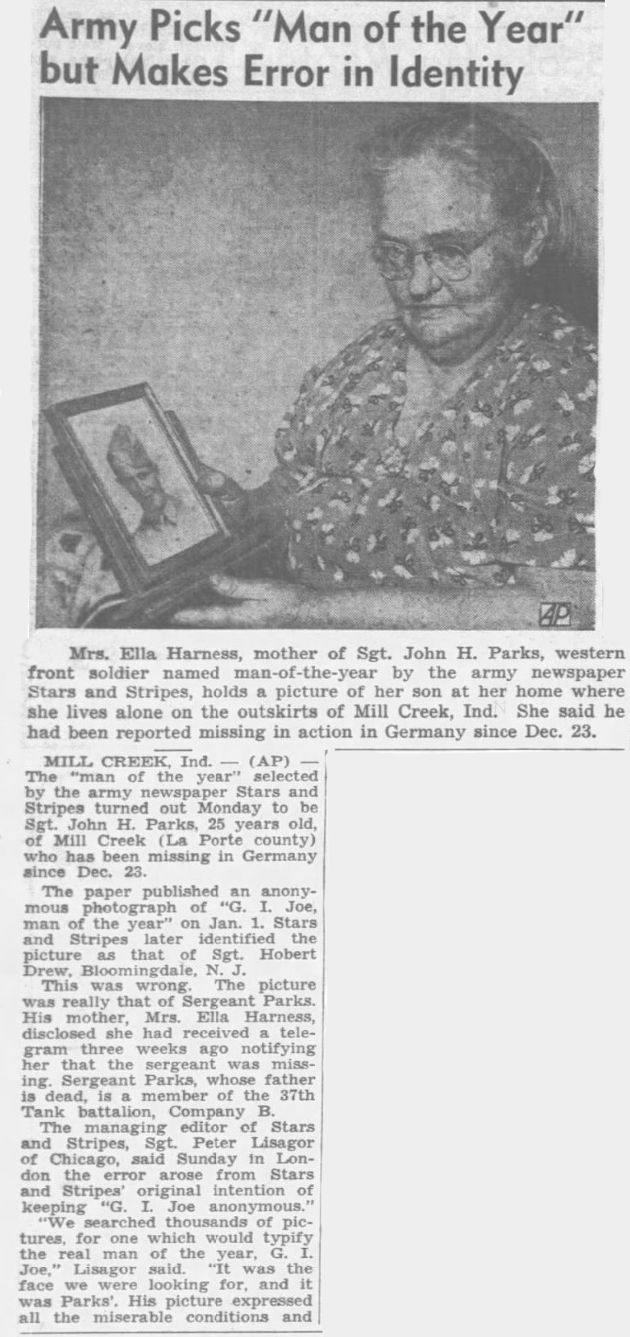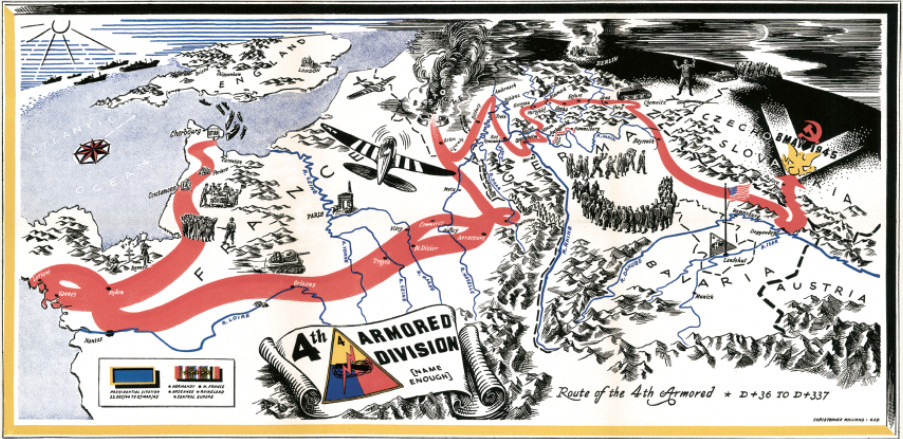|
John Henry PARKS
| ||||||||||||||||||||||||||
|---|---|---|---|---|---|---|---|---|---|---|---|---|---|---|---|---|---|---|---|---|---|---|---|---|---|---|
|
Source : Wouter van Dijken | ||||||||||||||||||||||||||
| NUMBER OF SERVICE | 35254924 | |||||||||||||||||||||||||
| AGE | 25 yo | |||||||||||||||||||||||||
| DATE OF BIRTH | 10 March 1919 Cleveland, Cuyahoga county, OHIO | |||||||||||||||||||||||||
| ENLISTMENT STATE | Fort Benjamin Harrison, INDIANA | |||||||||||||||||||||||||
| FAMILY | Parents : Matthews PARKS & Ella Mae HARNESS Frères & Soeurs : Marie E, Lester B , Milo E & Jayne | |||||||||||||||||||||||||
| RANK |
| |||||||||||||||||||||||||
| FONCTION | Tank commander (M4 Sherman) | |||||||||||||||||||||||||
| JOB BEFORE ENLISTEMENT | Worker at Kingsbury Ordnance Plant |  | ||||||||||||||||||||||||
| DATE of ENLISTEMENT | 31 January 1942 | |||||||||||||||||||||||||
| PLATOON | 2nd platoon | |||||||||||||||||||||||||
| COMPANY | B company | |||||||||||||||||||||||||
| BATTALION | 37th Tank Battalion | |||||||||||||||||||||||||
| DIVISION | 4th Armored Division " Breaktrough " | |||||||||||||||||||||||||
| DATE OF DEATH | 23 December 1944 |
Source : Dave Hansen | ||||||||||||||||||||||||
| STATUS | MIA | |||||||||||||||||||||||||
| PLACE OF DEATH | Flatzbourhof (Flatzbour), LUXEMBOURG | |||||||||||||||||||||||||
| CEMETERY | LUXEMBOURG AMERICAN CEMETERY de Luxembourg | |||||||||||||||||||||||||
| GRAVE | Wall of the Missing | |||||||||||||||||||||||||
| DECORATION |
| |||||||||||||||||||||||||
| ||||||||||||||||||||||||||
| STORY | ||||||||||||||||||||||||||
|
Source : THR | "Fighting Man. Wearied after days of front line combat, his helmet mud caked, his face bearded and grimy, his eyes glazed from what he has seen, Sgt John H Parks, Mill creek Indiana, arrives at a rest area behind the lines after his outfit is relived. December 10, 1944" photo by Pfc. Donald R. ORNITZ (166th SPC) | |||||||||||||||||||||||||
| Pfc Donald R Ornitz the man who took the photo, a 24 year old from Los Angeles. Ornitz joined the army in 1942 to take photograph's , it would as he was walking through the mud in Mittersheim that he would take one of the best known photos of WWII. A photo that would end up on the front page of the London edition of Stars and Stripes, on 1st of January 1945. The photo would be under the title OUR MAN OF THE YEAR his tankers helmet would be replaced by a M1 steel helmet, the work was carried out by one of Stars and Stripes photo artists. It was felt that the M1 helmet would represent all American soldiers and not just the armored force. At the same time the editors decided to withhold all personal information of the soldier. Stars and Stripes later identified the picture as that of Sgt. Hobert DREW, Bloomingdale, NEW JERSEY. |
(source : Andy (The stars and stripes)) | |||||||||||||||||||||||||
|
Source : Bob Bertram | ||||||||||||||||||||||||||
|
To learn more about Sgt. John H. PARKS life https://warfarehistorynetwork.com/article/the-face-of-battle/ | ||||||||||||||||||||||||||
Activated/Activé |
Normandy/Normandie |
| 15 Apr 1941 | Days of Combat/Jour de Combat 230 |
| Casualties/Victimes 6 212 | |
Entered Combat/Entré au combat |
|
| 17 Jul 1944 Normandy | |
|
Commanding Generals/Commandants généraux Maj. Gen. H. W. Baird (Apr 41 - May 42) |
Campaigns/CampagnesNormandy (6 Jun 44 - 24 Jul 44) |
CAMPAIGN MAP OF THE 4TH ARMORED DIVISION |
|
|
This vintage map chart the journey of the 4th Armored Division throughout World War II. The map can be zoomed in and purchased at HistoryShots.com. |
|
DIVISION CHRONICLEAfter training in England from January to July 1944, the 4th Armored Division landed at Utah Beach 11 July 1944 and entered combat 17 July, driving to and securing the Coutances area, 28 July, The Division then swung south to take Nantes, cutting off the Brittany Peninsula, 12 August 1944. Turning east, it drove swiftly across France north of the Loire, smashed across the Moselle 11-13 September, flanked Nancy and captured Luneville, 16 September. After maintaining a defensive line, Chambrey to Xanrey to Henamenil, from 27 September to 11 October, the Division rested briefly before returning to combat 9 November with an attack in the vicinity of Viviers. The 4th cleared Bois de Serres, 12 November, advanced through Dieuze and crossed the Saar, 21-22 November, to establish and expand bridgehead and took Singling and Bining before being relieved 8 December. Two days after the Germans launched their Ardennes offensive, the 4th Armored entered the fight (18 December 1944), racing northwest into Belgium, covering 150 miles in 19 hours. The Division attacked the Germans at Bastogne, helping to relieve the besieged 101st Airborne. Six weeks later the Division jumped off from Luxembourg City in an eastward plunge that carried it across the Moselle River at Treir, , south and east to Worms, and across the Rhine, 24-25 March 1945. Advancing all night, the 4th crossed the Main River the next day, south of Hanau, and continued to push on. Lauterbach fell 29 March, Creuzburg across the Werra on 1 April, Gotha on the 4th, and by 12 April the Division was across the Saale River. Pursuit of the enemy continued and by 6 May the Division had crossed into Czechoslovakia, established a bridgehead across the Otara River at Strakonice, with forward elements at Pisek. After a tour of occupational duty, the 4th returned to the United States for inactivation, some of its elements, however, remaining as occupation forces after redesignation as constabulary units.
|
CHRONIQUE DE DIVISIONAprès une formation en Angleterre de janvier à juillet 1944, la 4ème division blindée débarque à Utah Beach le 11 juillet 1944 et entre en combat le 17 juillet. Elle se rend au secteur de Coutances et le sécurise le 28 juillet. Elle se dirige ensuite vers le sud pour prendre Nantes, coupant la Péninsule bretonne, 12 août 1944. En se dirigeant vers l'est, il traverse rapidement la France au nord de la Loire, traverse la Moselle les 11 et 13 septembre, encadre Nancy et s'empare de Lunéville le 16 septembre. Après avoir maintenu une ligne défensive de Chambrey à destination de Xanrey à Henamenil du 27 septembre au 11 octobre, la Division s’est brièvement arrêtée avant de reprendre le combat le 9 novembre avec une attaque aux environs de Viviers. La 4e a dégagé le Bois de Serres, le 12 novembre, a traversé Dieuze et traversé la Sarre, les 21 et 22 novembre, pour établir et agrandir la tête de pont et a pris Singling et Bining avant d'être relevée le 8 décembre. Deux jours après que les Allemands aient lancé leur offensive dans les Ardennes, le 4ème blindé est entré en combat (le 18 décembre 1944), courant vers le nord-ouest en Belgique, parcourant 150 milles en 19 heures. La Division a attaqué les Allemands à Bastogne, aidant à soulager la 101ème Airborne assiégée. Six semaines plus tard, la division quitta la ville de Luxembourg et plongea vers l'est. Elle traversa la Moselle à Treir, au sud et à l'est jusqu'à Worms, et traversa le Rhin les 24 et 25 mars 1945. La 4e traversa la Main River le lendemain au sud de Hanau et a continué à avancer. Lauterbach est tombée le 29 mars sur Creuzburg, de l'autre côté de la Werra, le 4 avril à Gotha, et le 12 avril, la division traversait la rivière Saale. La poursuite de l'ennemi se poursuivait et, le 6 mai, la Division était entrée en Tchécoslovaquie et avait établi une tête de pont sur la rivière Otara à Strakonice, avec des éléments en avant à Pisek. Après une tournée de travail, le 4e est retourné aux États-Unis pour y être inactivé, mais certains de ses éléments sont toutefois demeurés en tant que forces d'occupation après avoir été redésignés en unités de police. |
| SOURCE INFORMATION & PHOTO | Armydivs.squarespace.com |
|---|
| SOURCE INFORMATION & SOURCE PHOTO | Victor DANIEL - abmc.gov - fold3.com - fr.findagrave.com - etohistory.com - warfarehistorynetwork.com |
|---|---|
| PROGRAMMER | Victor, Jean-Philippe, Eric, Henri, Garrett, Clive, Frédéric & Renaud |


